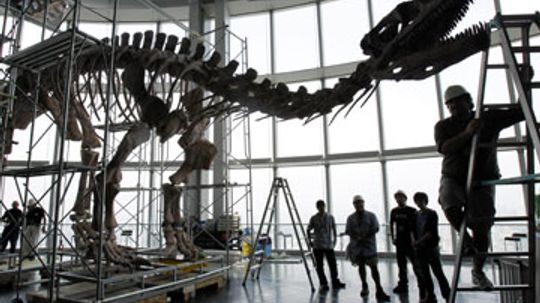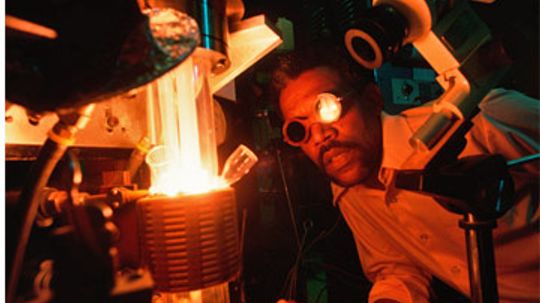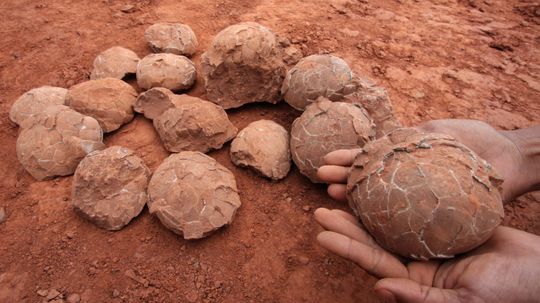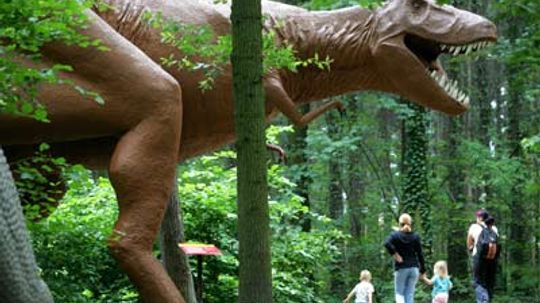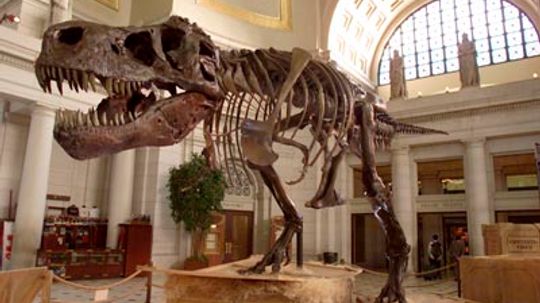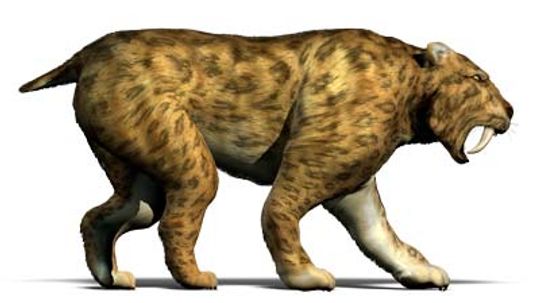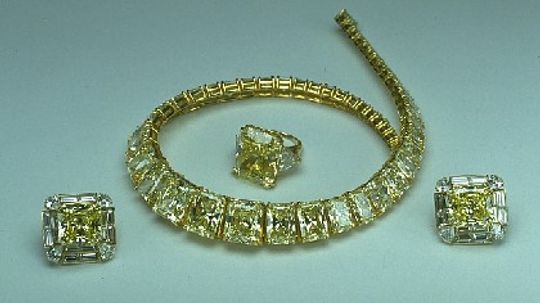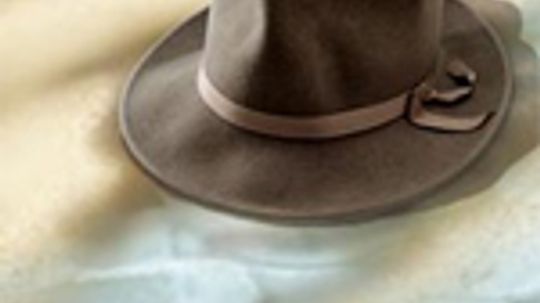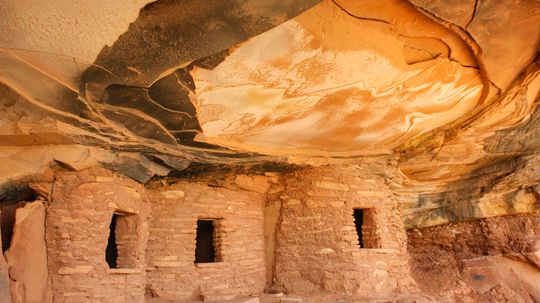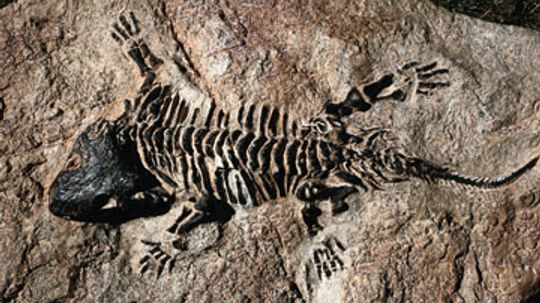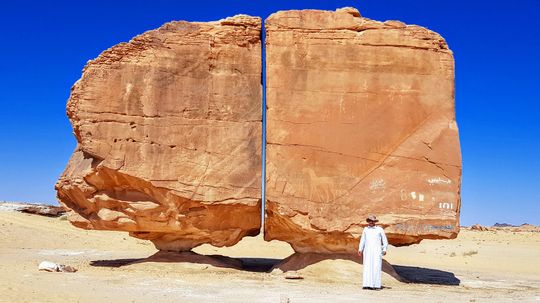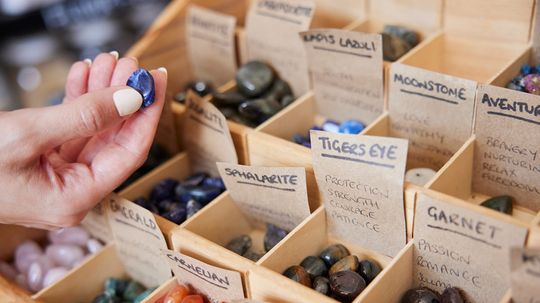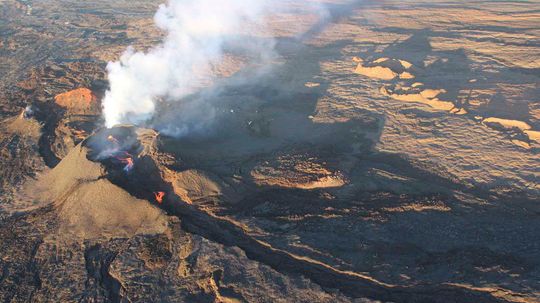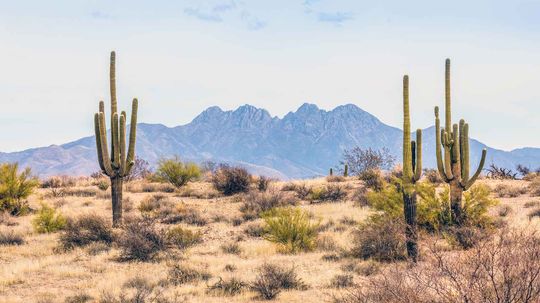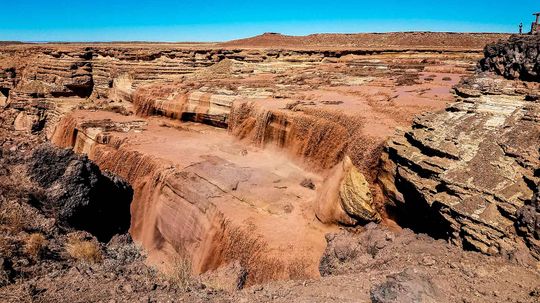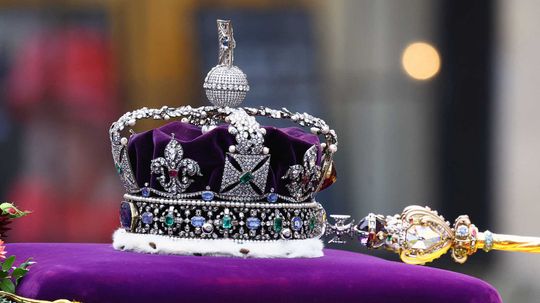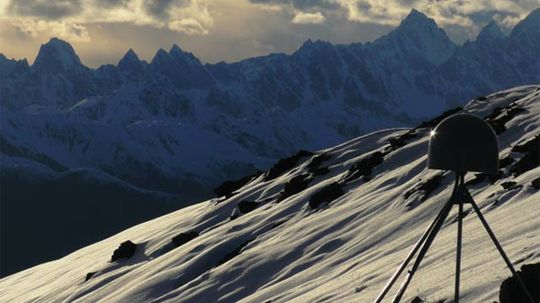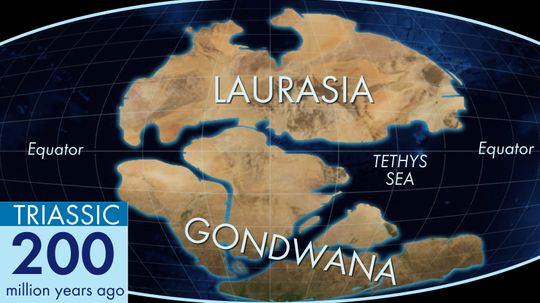Geology
Geology is the study of the composition and physical properties of rocks, minerals, gems and other related earth materials, including diamonds and crystals. Scientists gain an understanding of the Earth's history by studying its composition.

Is Africa Splitting in Two? Really? Here's the Scoop
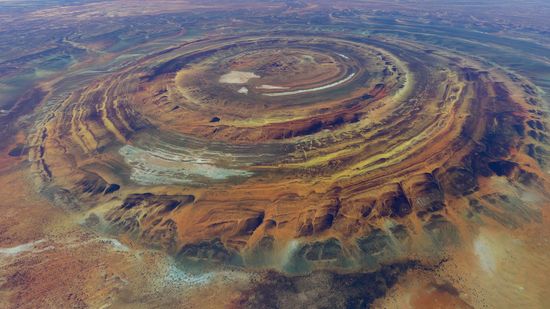
What Exactly Is the Eye of the Sahara, aka the Richat Structure?

The Driest Place on Earth: Chile's Atacama Desert
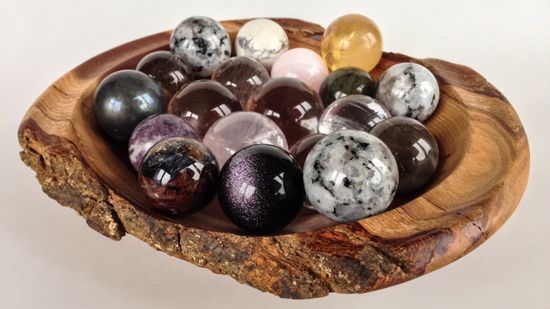
7 Power Crystals for Protection and Positive Energy
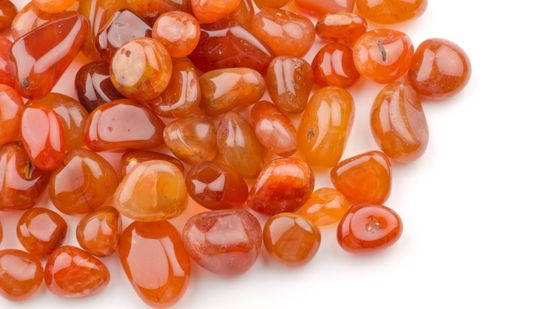
Carnelian Meaning: Healing Properties, Benefits, & Symbolism

Creating Crystal Grids: A Step-by-Step Guide
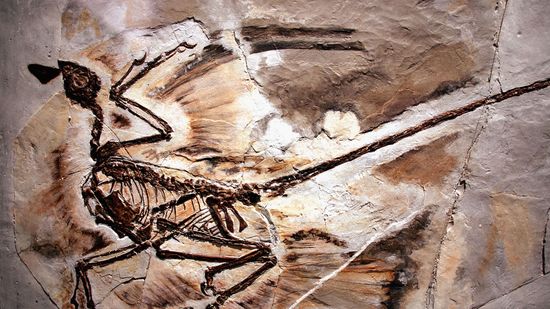
Velociraptor Alert: The Feathered Dinosaur Quiz
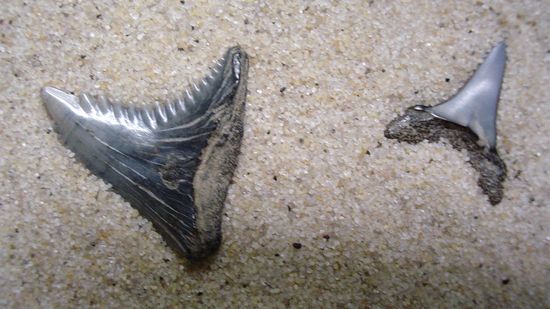
The Rockin' State Fossils Quiz

10 Extinct Hominids
Learn More / Page 3
Crack open any science textbook and the authors will tell you that such things don't happen. So how did a couple of paleontologists and an acid bath turn that widespread belief on its head?
By Robert Lamb
The end of Earth will likely come about because of the sun in our solar system. This much you might already know, but we actually have an approximate date.
By Robert Lamb
From the Hope diamond to the shiny bits in instant coffee, crystals have always held the power to fascinate us humans. Are they more than just a bunch of pretty facets?
Advertisement
You likely heard that paleontologists uncovered a cache of dinosaur embryos, bone fragments and eggshells in China. You also may recall that we've made crazy leaps forward in genetics and genomics. Can we put the two together and create a dinosaur?
The sea scorpion may have been the largest bug to ever live on the Earth, according to a recent find. Learn more about the giant sea scorpion.
By Josh Clark
Are dinosaurs real? Most people don't have to travel too far to answer that question in the affirmative with some kind of exhibit displaying dinosaur fossils. Or simply look at any bird you can see outside your home.
The 1993 movie "Jurassic Park" did a good job of bringing the idea of cloning dinosaurs into popular culture. It portrayed dinosaur cloning in a way that made sense to a lot of people, but is it really possible?
Advertisement
Every time a new fossil is found, one of the first things scientists determine is how old that fossil really is. But how do they determine it, and how can they be completely accurate?
Saber-tooth cats have long been likened to tigers, but they aren't tigers at all. While they share some physical traits and hunting practices with tigers, saber-tooth cats are also quite different.
Diamond engagement rings. Diamond anniversary bands. Diamond earrings and necklaces. And now, the right-hand diamond ring! The four Cs -- cut, clarity, carat and color. Find out what the fuss is all about.
By Kevin Bonsor
Countless movies and television shows depict quicksand as some kind of living creature that sucks its victims down into a bottomless pit, never to be heard from again. Well, you can't believe everything Hollywood tells you.
By Kevin Bonsor
Advertisement
Anthropologists specialize in, well, us. But studying humankind doesn't mean you have to hole up in a library or laboratory. Take a peek at this article to learn more about the dynamic, enriching field of anthropology.
At best, fossilization is a long and tricky process that mineralizes an occasional Tyrannosaurus rex or other extraordinary find. How has that affected our chances at charting a model of life itself?
By Robert Lamb
Split as if by a laser, the Al Naslaa rock in Saudi Arabia's Tayma Oasis baffles scientists and amateur geologists alike. How did this perfect split happen?
Curious about healing crystals and their meanings? Here's the lowdown on 12 of the most popular stones for wellbeing.
Advertisement
Ash flows, deadly gases and vog are just a few of the other reasons why we all need to respect volcanoes.
If you think the largest desert in the world is hot and sandy, think again. These 10 deserts spanning the globe are massive, but they're not all sunbaked.
By Mitch Ryan
It's known as the "Gateway to Hell" and while it might not actually get you there, what it will unleash if it keeps thawing could truly be hellish.
What's the difference between moissanite and diamonds? And which of these brilliant stones wins out when it comes to the engagement ring competition?
By Mitch Ryan
Advertisement
Arizona isn't all desert. Take Grand Falls, aka "Chocolate Falls." It is dry most of the year, but when it rains, this waterfall pours.
It was the world's largest diamond when mined and today it's cut into nine gems that are all part of the British Crown Jewels. But since the death of Queen Elizabeth II, questions have emerged about its imperialist history.
By Dave Roos
Scientists are concerned that the Thwaites Glacier is melting at a rapid pace, though some don't love the name "Doomsday Glacier." What does the rapid melt of this huge glacier mean for the future of our planet?
By Mark Mancini
Cultures all over the world have treasured turquoise for its color and rarity for thousands of years — from Native American jewelry and Aztec and Mesoamerican art to King Tutankhamun's death mask.
Advertisement
Discover the origins of the continental drift theory and how scientists explain these geologic phenomena.
Gondwana was a humongous landmass that persisted for 300 million years before it began to break up, forming all the continents in the modern Southern Hemisphere.
